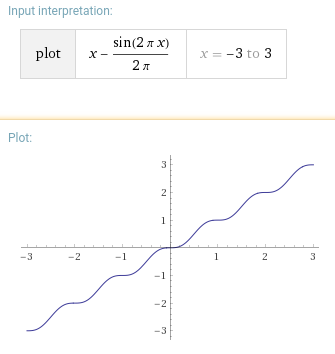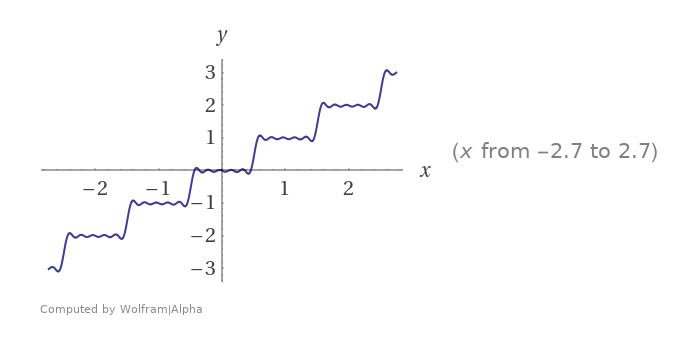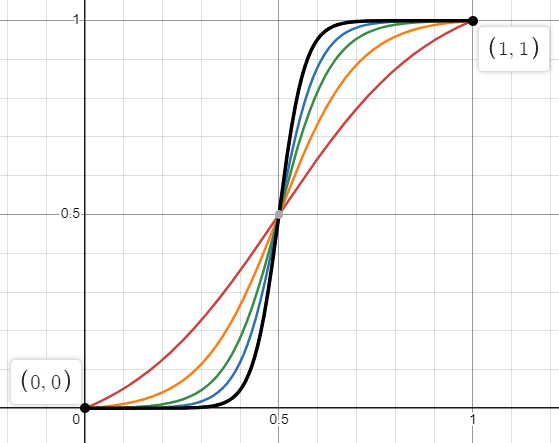So the output of my network is a list of propabilities, which I then round using tf.round() to be either 0 or 1, this is crucial for this project. I then found out that tf.round isn't differentiable so I'm kinda lost there.. :/
Rounding is a fundamentally nondifferentiable function, so you're out of luck there. The normal procedure for this kind of situation is to find a way to either use the probabilities, say by using them to calculate an expected value, or by taking the maximum probability that is output and choose that one as the network's prediction. If you aren't using the output for calculating your loss function though, you can go ahead and just apply it to the result and it doesn't matter if it's differentiable. Now, if you want an informative loss function for the purpose of training the network, maybe you should consider whether keeping the output in the format of probabilities might actually be to your advantage (it will likely make your training process smoother)- that way you can just convert the probabilities to actual estimates outside of the network, after training.
Something along the lines of x - sin(2pi x)/(2pi)?
I'm sure there's a way to squish the slope to be a bit steeper.
You can use the fact that tf.maximum() and tf.minimum() are differentiable, and the inputs are probabilities from 0 to 1
# round numbers less than 0.5 to zero;
# by making them negative and taking the maximum with 0
differentiable_round = tf.maximum(x-0.499,0)
# scale the remaining numbers (0 to 0.5) to greater than 1
# the other half (zeros) is not affected by multiplication
differentiable_round = differentiable_round * 10000
# take the minimum with 1
differentiable_round = tf.minimum(differentiable_round, 1)
Example:
[0.1, 0.5, 0.7]
[-0.0989, 0.001, 0.20099] # x - 0.499
[0, 0.001, 0.20099] # max(x-0.499, 0)
[0, 10, 2009.9] # max(x-0.499, 0) * 10000
[0, 1.0, 1.0] # min(max(x-0.499, 0) * 10000, 1)
This works for me:
x_rounded_NOT_differentiable = tf.round(x)
x_rounded_differentiable = x - tf.stop_gradient(x - x_rounded_NOT_differentiable)
Rounding is a fundamentally nondifferentiable function, so you're out of luck there. The normal procedure for this kind of situation is to find a way to either use the probabilities, say by using them to calculate an expected value, or by taking the maximum probability that is output and choose that one as the network's prediction. If you aren't using the output for calculating your loss function though, you can go ahead and just apply it to the result and it doesn't matter if it's differentiable. Now, if you want an informative loss function for the purpose of training the network, maybe you should consider whether keeping the output in the format of probabilities might actually be to your advantage (it will likely make your training process smoother)- that way you can just convert the probabilities to actual estimates outside of the network, after training.
Building on a previous answer, a way to get an arbitrarily good approximation is to approximate round() using a finite Fourier approximation and use as many terms as you need. Fundamentally, you can think of round(x) as adding a reverse (i. e. descending) sawtooth wave to x. So, using the Fourier expansion of the sawtooth wave we get
Kind of an old question, but I just solved this problem for TensorFlow 2.0. I am using the following round function on in my audio auto-encoder project. I basically want to create a discrete representation of sound which is compressed in time. I use the round function to clamp the output of the encoder to integer values. It has been working well for me so far.
@tf.custom_gradient
def round_with_gradients(x):
def grad(dy):
return dy
return tf.round(x), grad
In tensorflow 2.10, there is a function called soft_round which achieves exactly this.
Fortunately, for those who are using lower versions, the source code is really simple, so I just copy-pasted those lines, and it works like a charm:
def soft_round(x, alpha, eps=1e-3):
"""Differentiable approximation to `round`.
Larger alphas correspond to closer approximations of the round function.
If alpha is close to zero, this function reduces to the identity.
This is described in Sec. 4.1. in the paper
> "Universally Quantized Neural Compression"<br />
> Eirikur Agustsson & Lucas Theis<br />
> https://arxiv.org/abs/2006.09952
Args:
x: `tf.Tensor`. Inputs to the rounding function.
alpha: Float or `tf.Tensor`. Controls smoothness of the approximation.
eps: Float. Threshold below which `soft_round` will return identity.
Returns:
`tf.Tensor`
"""
# This guards the gradient of tf.where below against NaNs, while maintaining
# correctness, as for alpha < eps the result is ignored.
alpha_bounded = tf.maximum(alpha, eps)
m = tf.floor(x) + .5
r = x - m
z = tf.tanh(alpha_bounded / 2.) * 2.
y = m + tf.tanh(alpha_bounded * r) / z
# For very low alphas, soft_round behaves like identity
return tf.where(alpha < eps, x, y, name="soft_round")
alpha sets how soft the function is. Greater values leads to better approximations of round function, but then it becomes harder to fit since gradients vanish:
x = tf.convert_to_tensor(np.arange(-2,2,.1).astype(np.float32))
for alpha in [ 3., 7., 15.]:
y = soft_round(x, alpha)
plt.plot(x.numpy(), y.numpy(), label=f'alpha={alpha}')
plt.legend()
plt.title('Soft round function for different alphas')
plt.grid()
In my case, I tried different values for alpha, and 3. looks like a good choice.
In range 0 1, translating and scaling a sigmoid can be a solution:
slope = 1000
center = 0.5
e = tf.exp(slope*(x-center))
round_diff = e/(e+1)
You can simply approximate rounding (thus differentiable) using this function
def diff_round(x):
return torch.round(x) + (x - torch.round(x))**3
Replace torch.round with diff_round
To expand upon the answer with sin(2πx): if you want the function to be slightly less flat near the integers and you don't need it for inputs beyond [0,1], you can forego adding x and just use 0.5*cos(πx-π) + 0.5. The red curve is x - sin(2πx)/(2πx), the green curve is that cosine.
Alternatively, you can use a scaled and shifted sigmoid such that it intersects (0,0) and (1,1). The advantage is that unlike a sine or cosine, you can control how steep the curve flows between those fixed points (you can't with sine and cosine because their steepness also changes where they have their roots).
A basic sigmoid is 1/(1 + exp(-x)). Shifting to have it intersect y = 0.5 at x = 0.5 gives 1/(1 + exp(-(x-0.5))). Steepness is controlled by the size of the exponent, so we add a free parameter B to get 1/(1 + exp(-B*(x-0.5))). To have it intersect (0,0) and (1,1), you scale it up slightly and shift it down slightly, by adding two constants A and D to get A/(1 + exp(-B*(x-0.5))) + D where D = 0.5*(1-A) and A = (exp(B/2)+1)/(exp(B/2)-1).
For B = {5, 10, 15, 20, 30}, the steepness looks like:
© 2022 - 2025 — McMap. All rights reserved.





